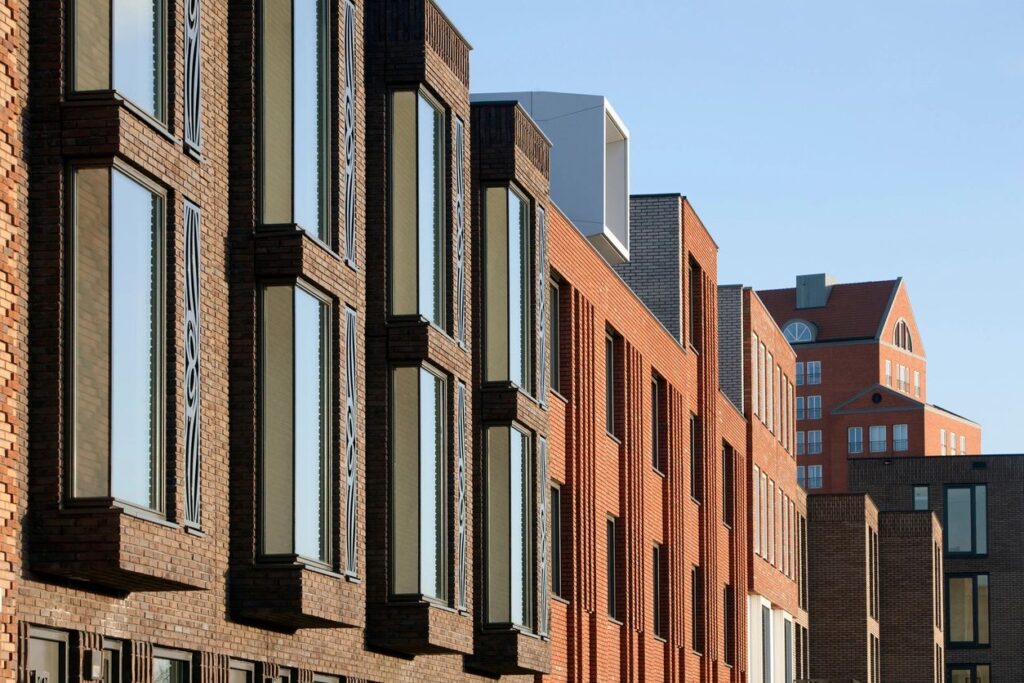On January 5, 12 people were killed in a fire that tore through a centuries-old row home in the Fairmount section of Philadelphia. Eight of those killed were children. The avoidable tragedy has drawn attention to the reality that families who rely on public housing face.

Journalists from New York Time’s provided an excellent description of daily life in the fated townhome. Neighbors told reporters that children would spill out noisily every morning into the street. The number of children living in the home was not a secret. Was the Philadelphia Housing Authority (PHA), who owns the townhome, unaware?
On their website PHA describes itself as “Pennsylvania’s biggest landlord who develops, acquires, leases and operates affordable housing for city residents with limited incomes”. They describe public housing as “decent and safe rental housing for eligible … families”. The About section explains that PHA “operate(s) in many ways like a private property management company”. What type of criminal negligence charges would an actual private property management company face in this kind of situation?
PHA’s website also includes a list of average waitlist times to obtain public housing. A conservative estimate of the average time a Philadelphia family waits for housing is about ten years. The New York Times reported 40,000 families are currently on the waitlist.
What explains the long wait time to place families and the overcrowded conditions revealed by the tragic fire? Shortages in funds, properties, staff, or a combination of all three?
The US Department of Housing and Urban Development provides, through local agencies, housing and services to 1.3 million households. PHA receives $371 million dollars in annual funding from HUD, in addition to funding from state and local sources. That seems like a significant amount of money. But is it?
In general, the public has no idea how much it costs to provide housing services to families in cities and towns across the nation. A 2010 analysis of the costs of housing for first-time homeless families and individuals evidence wide variations in costs based on size of family, nature of housing program and geographic location. In a 2021 policy brief, the Center on Budget and Policy Priorities reported that public housing programs in the United States are significantly underfunded and have faced increasing shortfalls in recent years.
In Philadelphia, city officials all agreed that townhome was overcrowded. There were at least 26 people living in the three-story home. According to the City of Philadelphia’s Rowhouse Manual , a medium early 19thcentury rowhouse, similar to the Fairmount home that caught fire, is between 1,000 and 1,800 square feet. It appears not much has changed: in 2016 the median size of a new home for a family of three in Philadelphia was 1,900 square feet.
Assuming the PHA converted the original townhome into two equally sized units, the maximum living space for each family was no more than 900 square feet. Thus, there were four times as many people living in a space that is less than half of the current median size of Philadelphia homes. How does something like this happen? How are placement decisions made? What policies and guidelines are used? Who oversees placement decisions? Who checks on families after they have been placed?
In the course of their investigation, Philadelphia Fire Department officials learned that a 5 year old boy living in the home accidently set fire to the Christmas tree. The PHA is reportedly assessing their safety protocols. Neighbors and PHA residents reported having notified the PHA of dangerous conditions , including a lack of escape routes.
The risks facing individuals who rely on public housing are numerous. The tragic Philadelphia fire demonstrates the dangers of overcrowding – inadequate space within the dwelling for living, sleeping and household activities. The negative effects of overcrowding include stress, health risks and greater likelihood for dysfunctional family interactions.
The negative effects of overcrowding and homelessness are especially hard on children. The inability to live a safe, secure, and healthy environment is associated with academic difficulty and interrupted social and emotional development. Nationwide more than 10 million children live in overcrowded homes and public schools report that homelessness among students has increased by more than 100%.
The tragic rowhome fire that claimed the lives of 12 people and impacted the lives of countless relatives, friends and community members is a wake-up call to rethink public housing. It is clear that funding gaps and supply shortages force families to live in unsafe and unhealthy conditions. The demand for public housing is not going to disappear. In fact, it is likely to increase. Unemployment due to the COVID 19 pandemic has further accelerated the housing crisis that began in 2008 after the collapse of the mortgage industry. and call for changes that ensure public housing residents are treated with dignity and respect.
The public expressed deep empathy and concern in response to the fatal housefire that took the lives of eight children. In the weeks and months that follow, that empathy and concern must translate into action and advocacy that ensures housing agencies have the resources they need to provide safe, secure, and healthy housing options.
If nothing is done, the magnitude of the loss of life that occurred on January 5th could happen again. And if it does, we cannot say we did not know.
